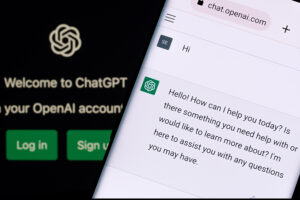Since its inception, Twitter has become synonymous with self-expression, initially in 140 characters or less. In 2017 Twitter opted to let people express themselves with as many as 280 characters. Hashtags run supreme, making it easy to identify a particular topic by using a hashtag that is fitting for the topic.
Although Twitter can get conversations going, there are problems with it. To get to true discourse, a lot needs to be sorted out. Consider for instance the content creators; they range from ‘news’ organizations, to non-profit organizations asking for support, to countless marketing campaigns, and many other contributors.
Also, if you are looking to Twitter as a source for social listening, you may want to think again. The platform can be a venue to serve axes to grind by various ‘contributors’ and can serve as a bully pulpit from which to spew negativity with little basis in fact. Cutting through the noise on Twitter can be a full-time job if you’re looking to do social listening to help your brand position itself on social media.
Pitfalls and Bad Twitter Practices
While intentions for using Twitter to improve your company’s image are positive, results can backfire in an instant if you’re not on top of your Twitter presence. Bad practices that can take your campaign off the rails quickly include inactivity, constant self-promotion, and ignoring negative posts from others to name a few.
You have to look at one of the biggest problems with Twitter. For instance, the Harvard Business Review notes that approximately 10% of Twitter users are responsible for about 90% of the tweets that go out. This is an alarming statistic when other social networks show that the top 10% of contributors are only responsible for approximately 30% of the content.
Listening to a Conversation
If you are engaging in social listening, your goal is to listen for any mentions of your product and your brand, as well as any wider discussion that’s relevant to your industry.
The problem that Twitter presents is that it’s not always clear as to what is going on. It’s easy to draw the wrong conclusion because people use hashtags incorrectly all the time. Additionally, there are plenty of businesses that have tried to use trending hashtags in order to promote their business. However, it only provides confusion on the social media platform because people will search for hashtags for a specific purpose and then spend hours trying to navigate through all of the tweets that used that hashtag, typically resulting in a massive waste of time.
Unless you are listening to specific conversations, and know specifically who to follow, it can be extremely difficult to listen effectively. However, there are people potentially worth following because they are innovators within an industry. Others potentially worth following include people who provide endorsements for a specific brand. These people can be followed to learn more about what people are saying about a product or brand.
Twitter is effective for some things, but it’s not really going to help you with engagement like some other social media platforms. Knowing the problems with Twitter will help you decide if it’s a platform you really want to get involved with.
Learn more about engaging your customers with the help of MAi Research today.









